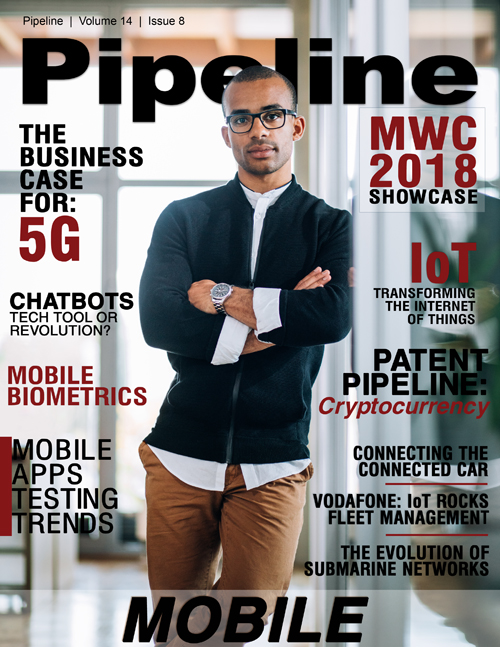Connecting the Connected Car

The revolution in the auto industry is creating some new and critical requirements for the cellular industry. The two most immediate are: mapping coverage holes, and making roaming work for global vehicle companies. These are needed now and will be absolutely critical for the autonomous vehicle. At the same time, they create new revenue opportunities for Cellco’s. The time to respond is short and delay may limit access to this valuable market.
The automobile industry is in the throws of the most dramatic set of changes in 100 years. The rate of change is accelerating. Recent news releases indicate that autonomous vehicles will go into revenue operation within six months. As a result, the auto industry is looking for immediate fulfillment of the dream of the connected car – generating a set of requirements/opportunities that communications industry hasn’t seen before. This article discusses those requirements/opportunities, the challenges inherent in them, and some possible steps that can be taken to meet those challenges and capture the opportunities. Areas left for discussion in follow-on articles include, orchestration, privacy, and security issues.
Pervasive communication is important it today’s complex vehicles and with the introduction of autonomous vehicles expected in one year, it is becomes absolutely critical. Until recently we tended to think about the drive to the autonomous vehicle from the point of view of those who currently own and operate vehicles (consumers, ride hailing companies, etc.). Now, auto manufacturers are beginning to realize that they have to ship vehicles that can communicate with low latency anywhere in the world.
Looking back, one of the first auto manufacturers to include a connected car capability was GM with its On-Star product. The On-Star services evolved as cellular evolved, but today can be characterized as vehicle operation/maintenance monitoring, to drive the dealer service business, help/emergency services for the driver, and theft remediation. Tesla has added software download to vehicle operation monitoring creating a closed loop system. With today’s complex vehicles, communication to support this closed loop system becomes no longer a marketing tool, but rather a safety requirement. For the autonomous vehicle with no driver to sense faults and take precautions it becomes even more important. Looking forward, there are likely to be further significant demands for pervasive communication.
The efforts of the ride hailing companies such as Uber, Lyft, Ola, etc. in autonomous vehicles are well known. The auto OEMs will sell to these OEMs and need to deliver a standard worldwide product that. But it may not stop there. Auto OEMs may offer specialized Transportation as a Service (TaaS).





















